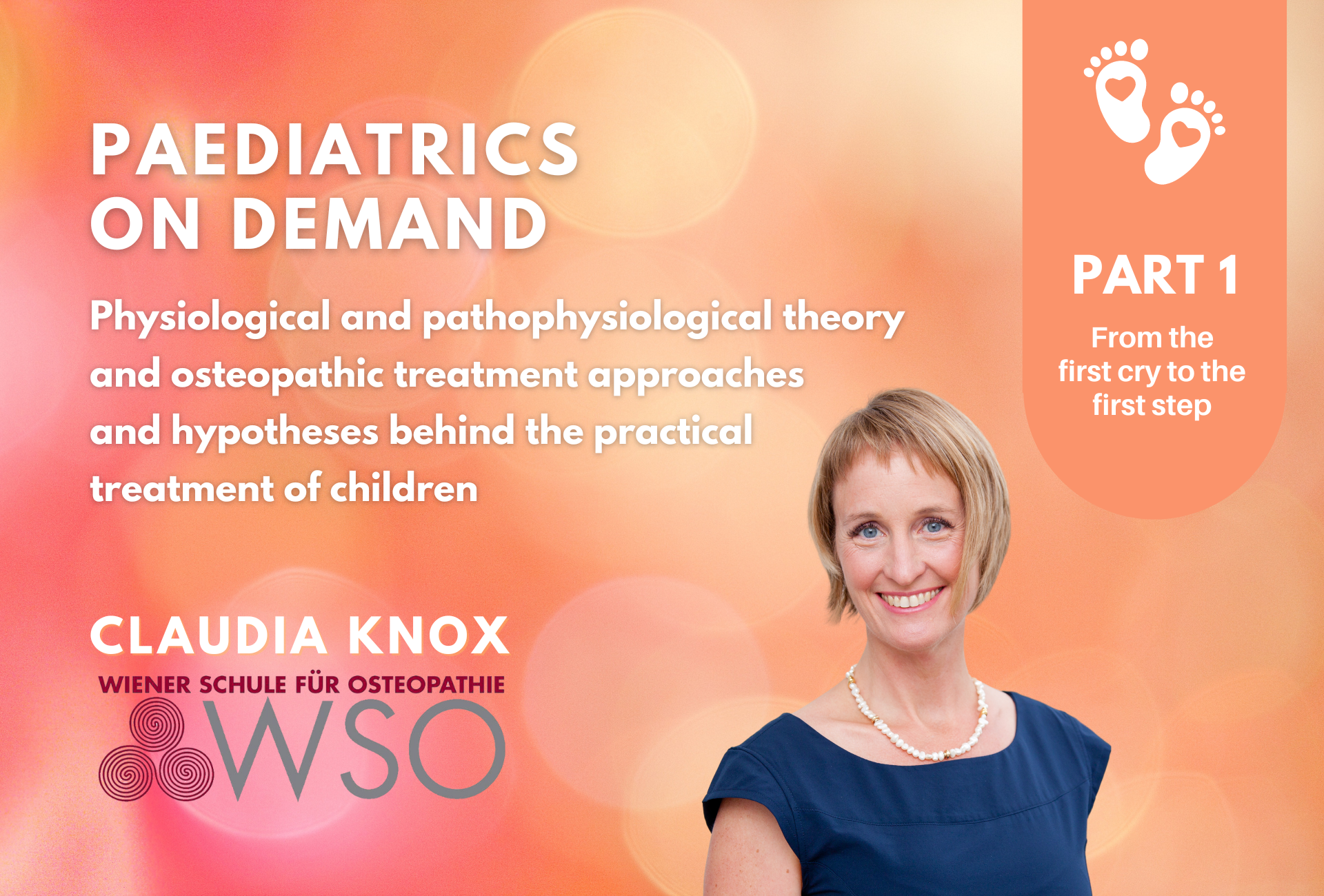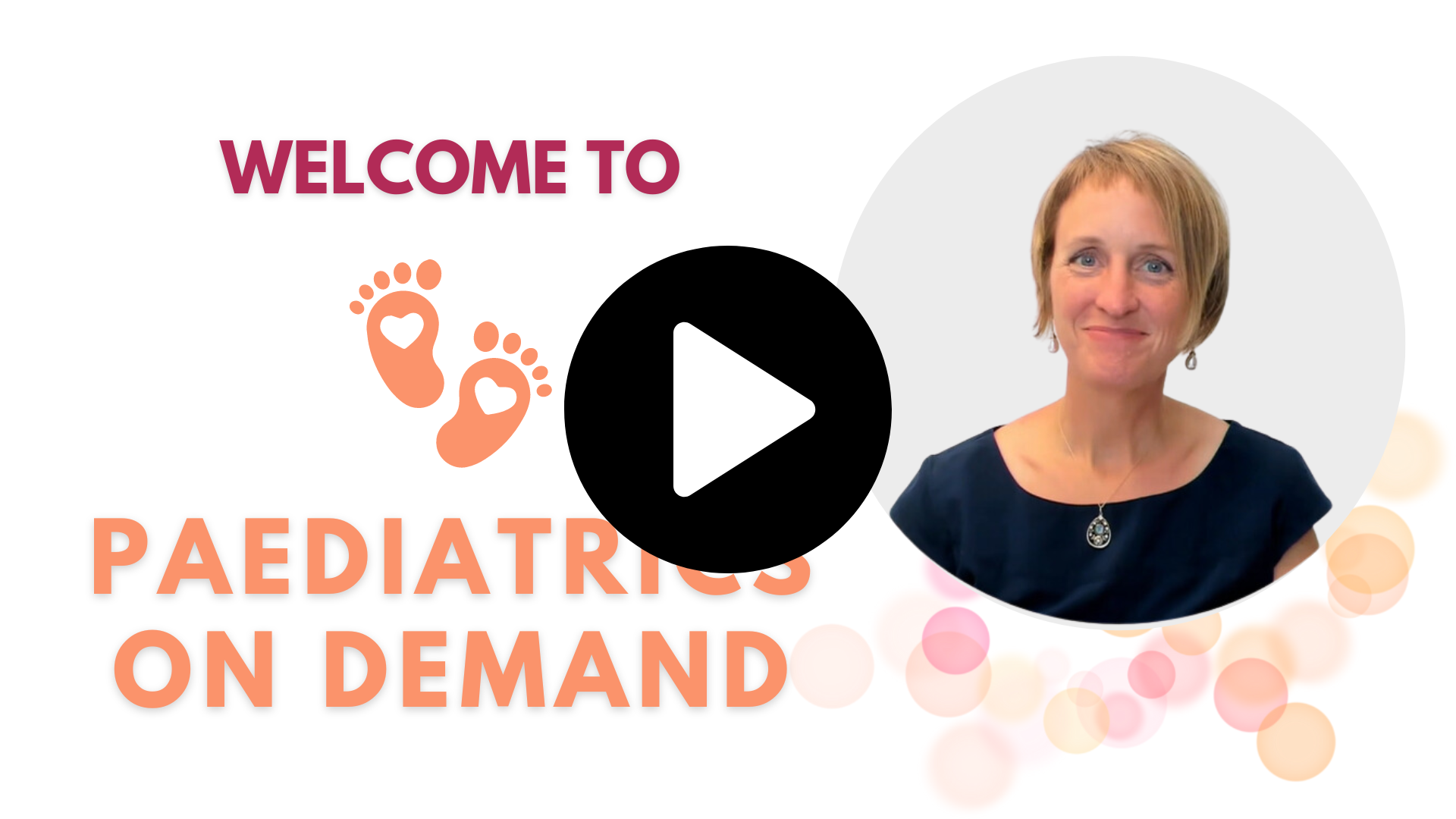Postgraduate - Navigation Mobile
Paediatrics on demand: Part 1

osteopathic treatment approaches and hypotheses
behind the practical treatment of children.
You are an osteopath and lacking confidence in treating babies?
Would you like more background knowledge in paediatrics?
- Learn why children are NOT just "little adults"!
- Learn everything you need to treat them adequately!
Content & Chapters
• Introduction to paediatric osteopathy
• Pregnancy
• The physiological birth
• Anatomy of the newborn
• The unphysiological birth
• Ventouse, forceps, c-section
• The newborn
• Breastfeeding, sucking, reflux, tongue tie
• Examination of the newborn
• The unsettled baby
• Differential diagnoses of "colic"
• Development in the first year
• Musculoskeletal challenges - osteopathic approach
• Teething
• Nutrition & handling of the baby
• Sleep
• Connective tissue & autonomic nervous system
Course schedule & structure
The course content can be covered at your own pace - the access is valid for 2 years!
The course consists of 17 chapters and is dynamically expanded with additional material.
Small self-tests after each chapter contribute to learning success and, together with a final test, are required for the certificate, you can download after completion of the course.
Each course topic has its own discussion forum, which can/should be filled with questions and offers the opportunity for professional exchange with Claudia Knox as well as the other participants.
Further information can be found in the chapter "General" and is explained in detail there in the first video!
Workbook
We have designed a beautiful workbook that allows all pdf presentations, scripts & further learning documents to be compiled into one comprehensive folder. To do this, the respective documents simply have to be printed out. This way you will have a lasting impression of our course.

Webinars
4 LIVE webinars per year allow for a joint deepening of the topics.
They are held in Zoom and also recorded if participation is absolutely not possible.
There is also the possibility to discuss your own clinical cases.
First impressions of the course:

Click here to do the booking process in ENGLISH!
Kursdetails
| Datum (Beginn) | jederzeit buchbar |
| Kosten | € 890,00 | ~750,00 £ |
| Sprache | English |
| Ort | Online |
